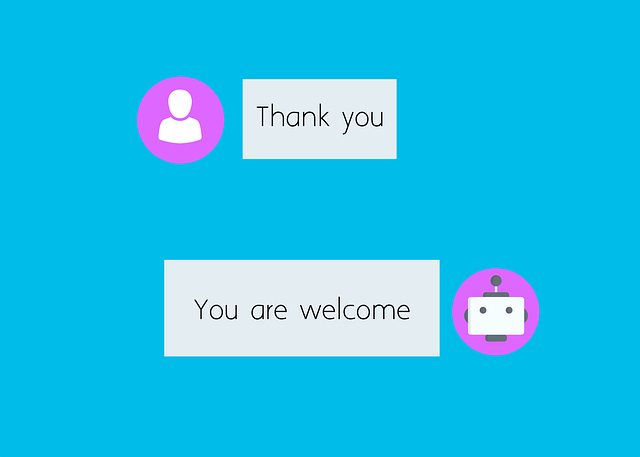AI chatbots have transformed human-computer interaction by offering natural and engaging conversations. To create an effective one, grasp fundamentals like NLP, machine learning algorithms, intent recognition, entity extraction, and response generation. Design flows catering to users' needs, defining purpose, target audiences, and key topics. Utilize hierarchical structures, intent recognition, and branching scenarios for dynamic interactions. Train and refine your ochatbot using diverse datasets, monitoring performance and making iterative improvements for better accuracy and user satisfaction.
Creating a scripted AI chatbot is an exciting way to enhance user interactions and automate support systems. In this article, we’ll guide you through the process of developing your own ochatbot, from understanding the fundamentals of AI chatbots to designing conversation flows that engage users effectively. We’ll also delve into training and refining techniques to ensure your ochatbot provides accurate, helpful responses. By following these steps, you’ll be well on your way to creating a robust and interactive AI chatbot.
Understanding AI Chatbot Basics

AI chatbots have transformed the way we interact with technology, offering natural and engaging conversational experiences. Before diving into scripting your own AI chatbot, it’s essential to grasp the fundamentals. An AI chatbot is a computer program designed to simulate human conversation through processing and generating text-based inputs. These chatbots utilize natural language processing (NLP) and machine learning algorithms to understand user queries and deliver contextually relevant responses.
Understanding the core components of an AI chatbot—like intent recognition, entity extraction, and response generation—is crucial. Intent recognition involves deciphering the user’s intent behind their message, while entity extraction identifies important information within the conversation. Response generation, on the other hand, uses this data to craft appropriate replies. By familiarizing yourself with these concepts, you’ll be better equipped to create a sophisticated ochatbot that can handle diverse user interactions effectively.
Designing the Conversation Flow

Designing the conversation flow is a critical step in creating an engaging and effective AI chatbot. It involves mapping out the possible interactions between the user and the chatbot, ensuring a logical and natural progression from one topic to another. Start by defining the chatbot’s purpose and identifying its target audience. This will help establish the key topics and questions that users are likely to ask. Next, create a hierarchical structure for the conversation, breaking it down into distinct stages or intents. Each stage should have clear objectives, ensuring a user-centric experience.
Utilize intent recognition and natural language processing (NLP) techniques to understand user inputs and direct the conversation accordingly. Incorporate branching scenarios to handle different user responses, allowing for dynamic interactions. For instance, if a user asks about product features, the chatbot can provide detailed information and then offer related accessories or support options based on their interest. By carefully designing these flows, developers can create AI chatbots that deliver valuable assistance while maintaining a conversational charm, enhancing user satisfaction and engagement.
Training and Refining Your Ochatbot

Training and refining your Ochatbot is a crucial step in ensuring its effectiveness and accuracy. Initially, feed your AI chatbot a diverse dataset that includes various user queries and corresponding responses. This process teaches it to recognize different patterns and contexts, enabling it to provide more relevant answers. Regularly update and expand this training data as new information becomes available or when you identify areas where the Ochatbot needs improvement.
As your AI chatbot starts generating responses, monitor its performance closely. Analyze the accuracy of its replies, ensuring they align with the intended context and user expectations. Use these insights to refine the model further, adjusting parameters and retraining it as needed. This iterative process allows you to enhance the Ochatbot’s capabilities continuously, making interactions more natural and useful for end-users.
Creating a scripted AI chatbot involves understanding foundational concepts, meticulously designing conversation flows, and iteratively refining its performance. By mastering these steps, you can develop an engaging ochatbot that enhances user experiences across various platforms. The journey doesn’t end there—continuous learning and adaptation are key to keeping your AI chatbots relevant and effective in the ever-evolving digital landscape.
